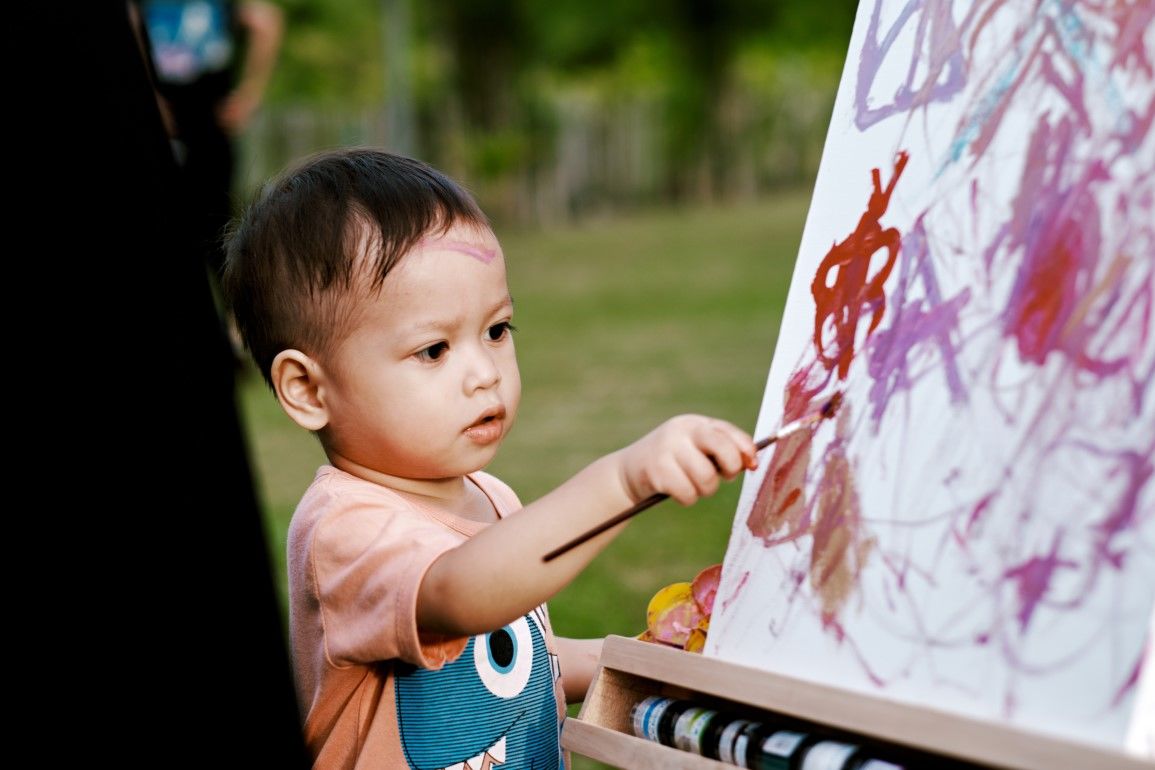Experiences with nature build children’s physical and emotional well-being and support scientific learning and a conservation mindset. The coming of winter brings new opportunities as well as new challenges for exploring the outdoors. Whether you’re the adventurous type who loves a frosty day, or you prefer observing winter from your kitchen window, try these winter activities and explore the beauty of the season with your child.
- Read a good book. Too cold to go outdoors? Snuggle up indoors with good books about nature. Read a variety of fiction and nonfiction titles, such as “Over and Under the Snow” by Kate Messner, the “Little Bear” series from Elsa Holmelund Minarik, “Shelter” by Celine Clair, or “Mice Skating” by Annie Silvestro. The charming “Brambly Hedge” series by Jill Barklem offers stories for each season. Or introduce your child to poetry with Robert Frost’s lovely poem, “Stopping by Woods on a Snowy Evening,” illustrated by Susan Jeffers.
- Make a miniature snow scene. Making a snowman is fun, but have you ever tried the process in miniature? Bring a large bowl of snow indoors. Place it on a cookie sheet on the kitchen table or another work space. Mold the snow into small snowmen, or even snow animals, such as mice, polar bears, birds, etc. Cut accessories like scarves or hats from paper or fabric, or decorate your snow creations with twigs and leaves. Work quickly and place your snow creations outdoors near a window where you can see them.
- Start a calendar of firsts. The point of a calendar of firsts is to slow down, observe, and make note of seasonal changes. Simply record on a calendar the date of the first yellow leaf in autumn, the first snowfall in winter, or the first sighting of a robin in spring. If you do this over several years, you’ll get a good sense of seasonal averages in your area.
- Go on a winter scavenger hunt. Make a list of items you might find in the winter in nature, such as pinecones, icicles, a sled, a frozen puddle, twigs, animal tracks, a squirrel, or frozen berries. Bundle up and head outdoors to find as many as you can.
- Ask questions. Even if it’s too cold to play outdoors for extended periods, try to take frequent nature walks. Adopt an “I wonder” attitude on these walks, making observations and asking questions, such as, “I wonder where insects go during the winter?” or “How do the squirrels stay warm?” Learn from direct observation and experience, ask an expert, or find the answer in books.
- Explore science. Animals and plants are usually harder to observe during the winter, but there’s still plenty to learn. Focus on earth science as you observe changes in properties of matter — water turns from liquid to solid and maybe even a gas. Pay attention to weather patterns or measure snow and rain. Track the lunar cycle or look at the stars.
- Study snowflakes. Wilson Bentley was a Vermont farmer with an unlikely obsession: snowflakes. For more than forty years, he studied and photographed thousands of snowflakes even though his family and friends often ridiculed his efforts. Scientists today still find inspiration in his photos. Read his story and spend some time studying snowflakes yourself.
Children need experiences with nature all year long. Make outdoor play a priority, even when the weather is inclement, even if just for 20 minutes.





